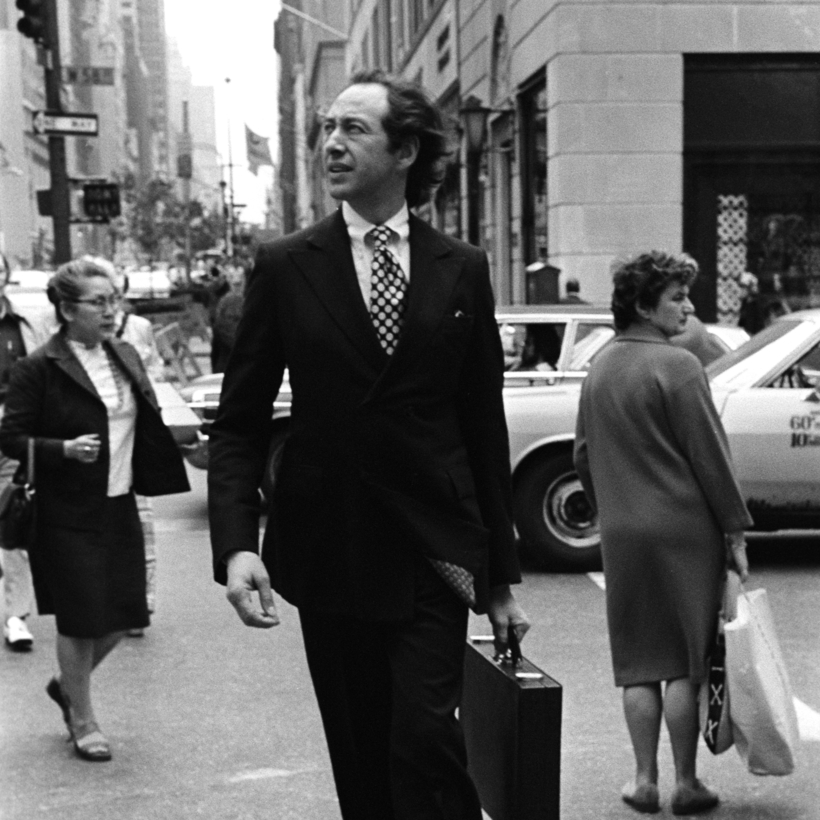In the summer of 1970 Gary Small was getting ready to begin his studies at the University of California, Los Angeles when he read a book that blew him away. “It seemed like the bridge between science and science fiction,” said Dr Small, now 68 and an eminent neuroscientist and authority on the intersection of technology and the human brain.
The book, published 50 years ago this week, was Future Shock, by Alvin Toffler, written with his wife and intellectual partner, Heidi. It popularized the phrase “information overload” and predicted a “roaring” acceleration of technological and social change that would overwhelm human beings’ capacity to cope, leading to mass disorientation and collective anxiety akin to experiencing severe culture shock.
Aiming to explore the “human side of tomorrow” the book anticipated many aspects of today’s world, such as the rise of genetics and increased use of renewable energy, the shift away from the nuclear family and the arrival of a computer-driven information age.
The Human Side
The Tofflers had met at New York University in the 1940s. They moved to Ohio, married, and worked in factories for years. She was on an assembly line and he welded; experiences that enabled them to observe changes in industrial practices at first hand and became a foundation of their later work as futurists after he took a successful, decade-long detour into journalism.

Future Shock sold more than 15 million copies, made Alvin Toffler a household name and set the couple up for life on the speaking circuit (Heidi Toffler was credited as co-author on later books). In the US they were in demand as talk-show guests and as consultants to big corporations. They were huge in Japan and in 1983 they went to China to give lectures on a sequel, The Third Wave. In 1986 Mikhail Gorbachev invited them to visit the Soviet Union.
At the opposite end of the ideological spectrum Newt Gingrich, one of the most influential Republicans in Congress in the 1980s and 1990s, became friends with the pair, former Marxist activists.
“It seemed like the bridge between science and science fiction.”
In 1986 the Tofflers moved to Los Angeles, where Dr Small and his wife (and co-author) Gigi Vorgan had dinner with them after the publication of their own 2002 bestseller The Memory Bible. Dr Small remembers their kindness on realizing that he had been “sort of a young fan”.
“I’d always admired their intellect, their visionary minds,” he said. “They really predicted a lot. If you think of what they were talking about — we have this information overload, you’re overwhelmed by all these societal changes — it definitely came true.”
The Tofflers both died at home, he in 2016, aged 87, and she last year, aged 89. Their house was a spectacular mid-century mansion in the swanky Bel-Air area, with floor-to-ceiling windows, a pool and a mini waterfall.
The couple did much of their later work in the dramatic two-story library that they added. They also installed a lift in the house because, as Heidi Toffler told National Public Radio in 2010, “as futurists, we look ahead, and we said someday we’re not going to be able to climb the stairs”.

